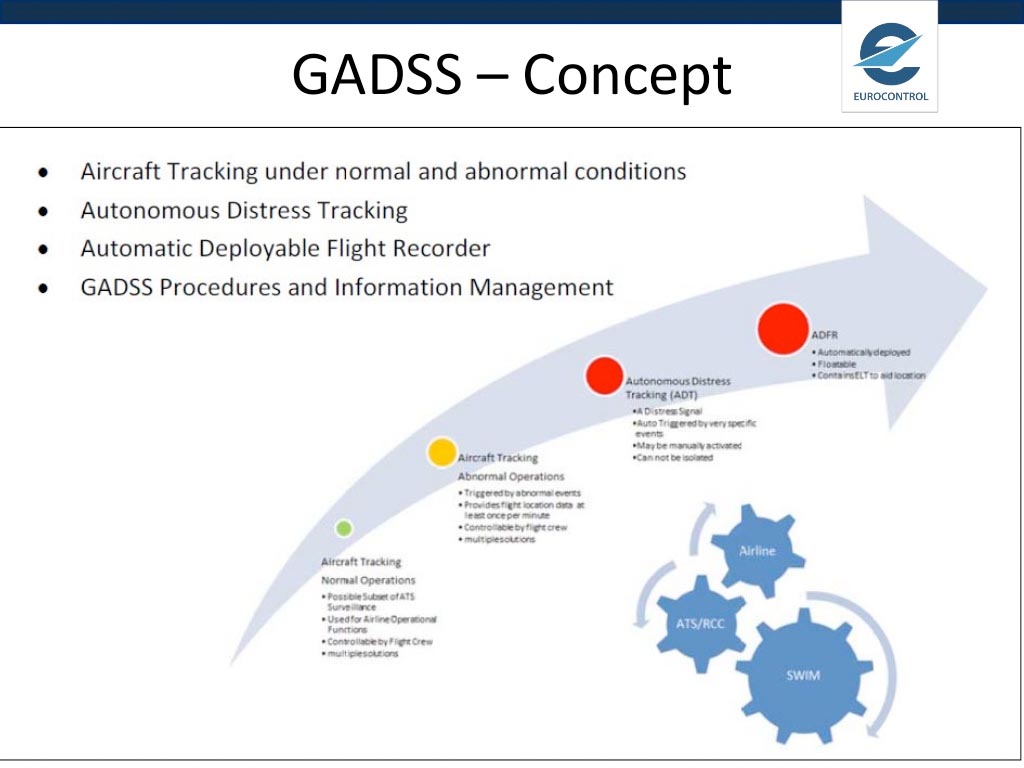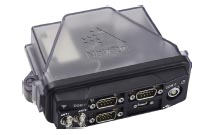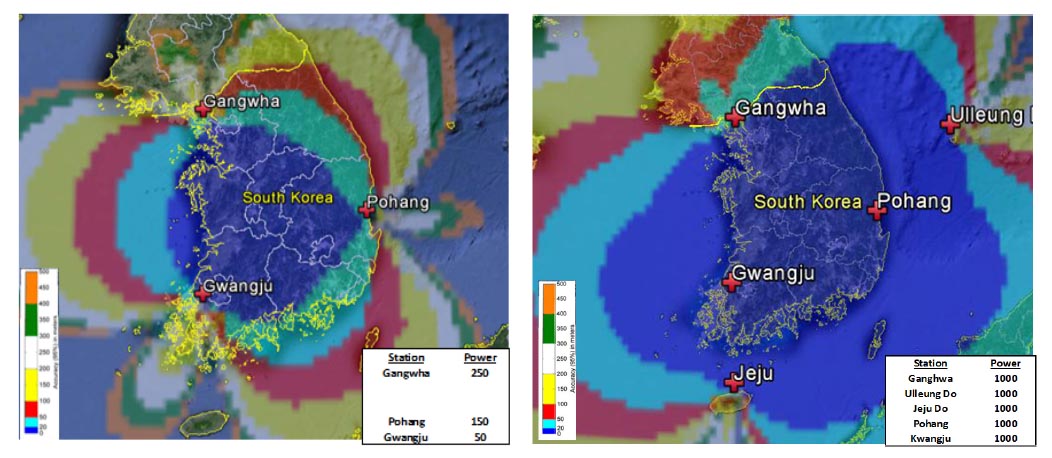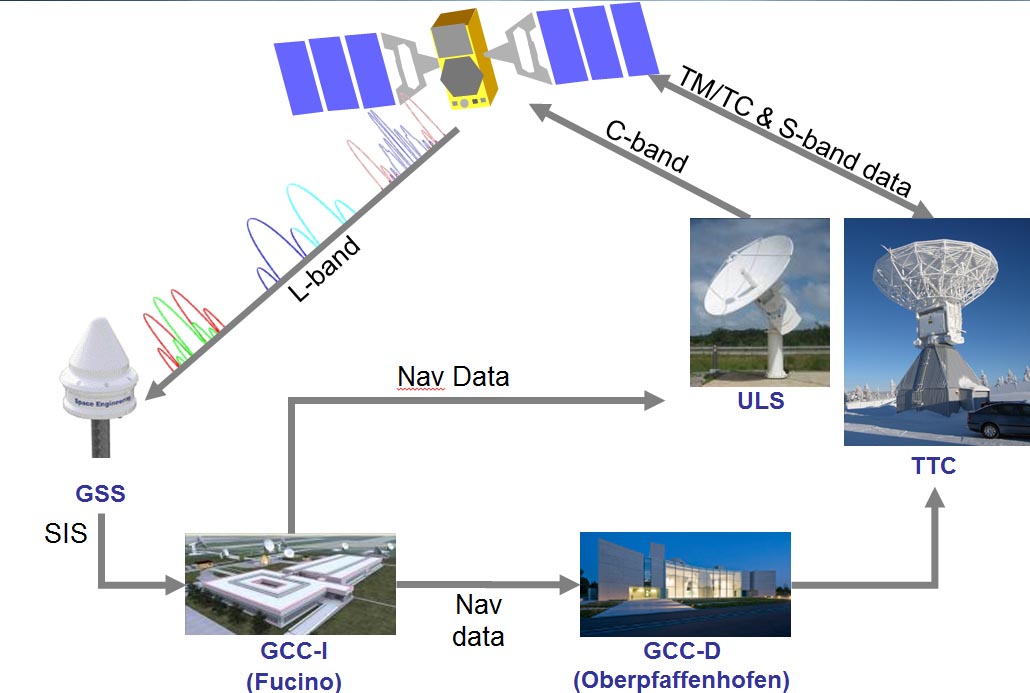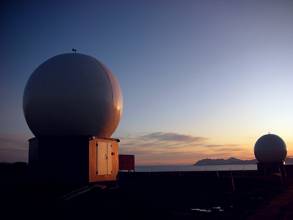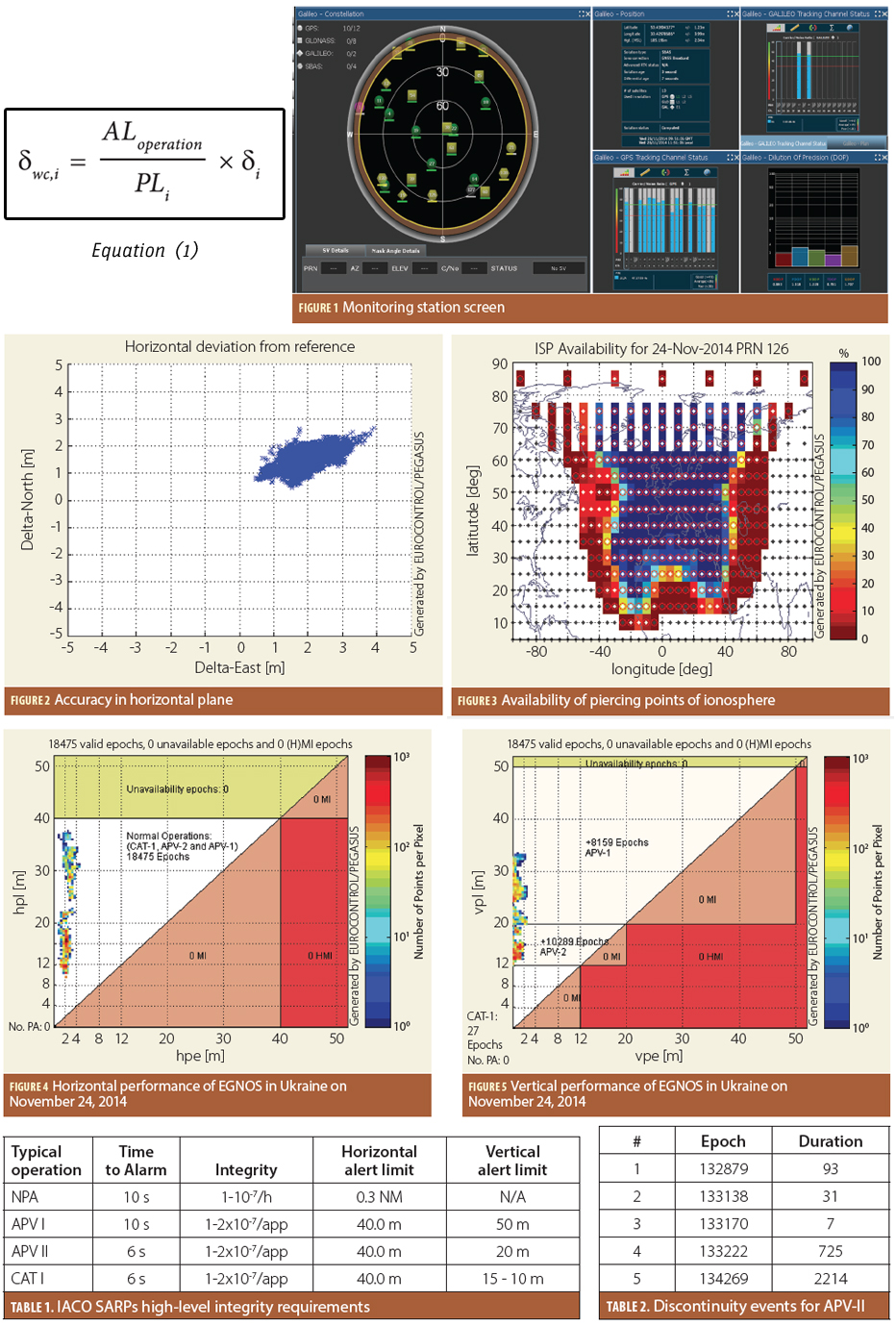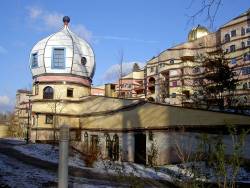FAA, White House Lay Out Path for Small UAS Operations

Apparently working overtime during the President’s Day weekend, the U.S. Department of Transportation’s Federal Aviation Administration (FAA) today (February 15, 2015) proposed a framework of regulations <http://www.faa.gov/regulations_policies/rulemaking/recently_published> that would allow routine use of certain small unmanned aircraft systems (UAS) while maintaining flexibility to accommodate future technological innovations. An overview of the small UAS rule can be viewed at
By Inside GNSS

